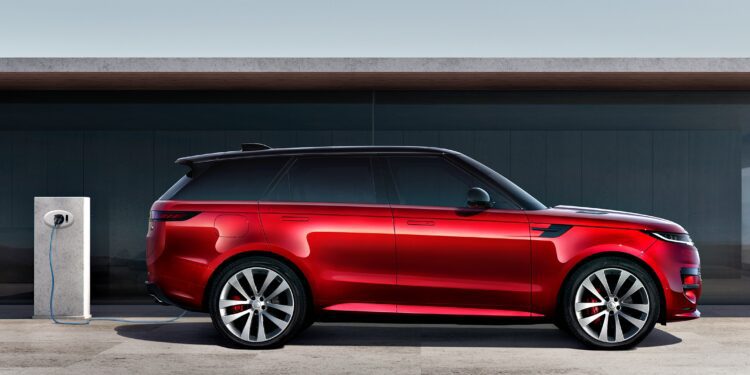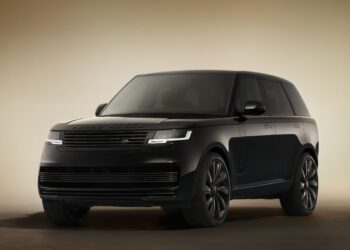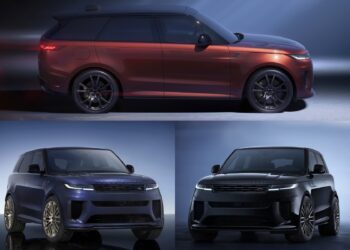Just over 100 miles into my drive of the 2025 Range Rover Sport Dynamic SE PHEV, the trip computer says I’m averaging 209.6 mpg. Thanks to two full charges that added at least 50 miles of range each, a good 100 of those miles were driven on electricity. This is the way a plug-in hybrid should work, and it doesn’t hurt that it’s wrapped in the masculine good looks and high-end off-road capability of the Range Rover Sport.
Plug-in hybrids often have too little electric power to feel useful when driven only on electricity. Their engines usually turn on when the driver digs too deep into the throttle or when the vehicle reaches a certain speed on the freeway. Their batteries are also often too small to provide a reasonable range. The Range Rover Sport PHEV avoids or mitigates those problems.
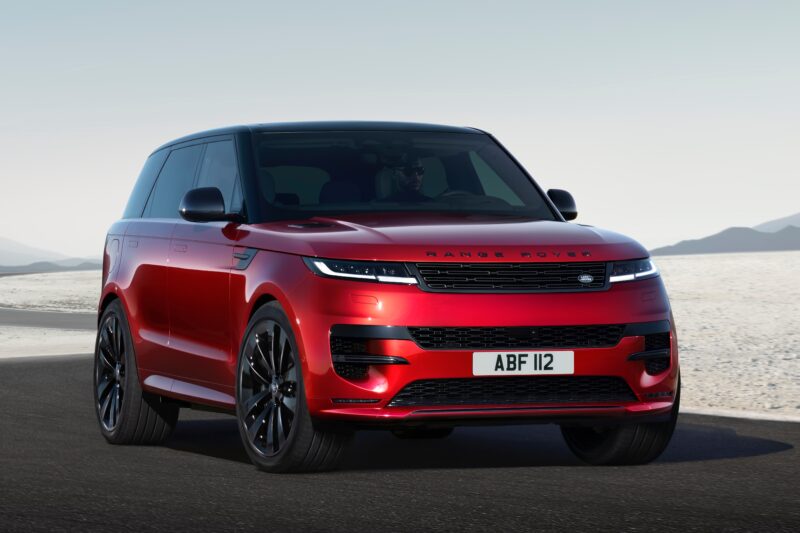
I’m driving the lesser of two PHEV powertrains, this one dubbed the P460e. Admittedly, its 105-kilowatt (140-horsepower) motor, located between the engine and transmission, doesn’t have the oomph to move 5,860 pounds of SUV with gusto. However, it’s plenty to keep up with traffic and even get up to freeway speeds without worry.
The vehicle defaults to the EV mode, and the engine won’t come on unless the battery charge runs out or I floor the throttle past a detent at the end of pedal travel. During my first 101 miles, the engine only started when I switched over to Hybrid mode. An available Save mode maintains the battery charge level for use at a later time.
A large 31.8-kilowatt-hour battery gives the Range Rover Sport PHEV an EPA-rated 53 miles of electric range, and the onboard computer indicates 54 and 58 miles the two times I fully charge it. That’s more than enough for most commutes, so you can drive this big beast as an EV most of the time.
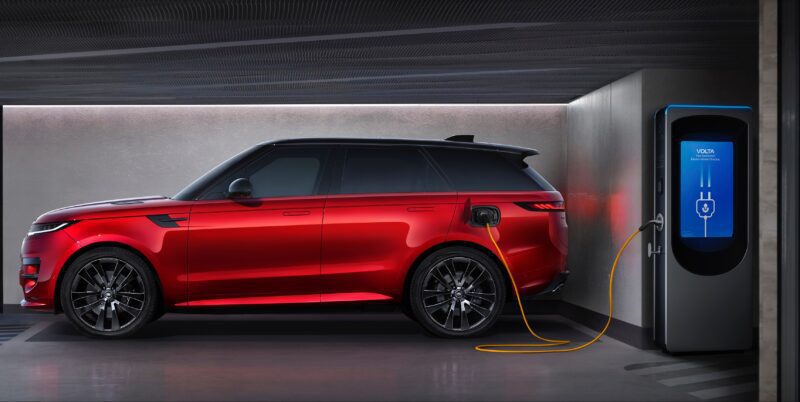
If you want the most power, however, you have to use the gas engine. Switch over to the Hybrid mode, and the motor will aid the turbocharged 3.0-liter inline-six. Together, the duo makes 454 horsepower and 487 pound-feet of torque. The engine starts with a deep thrum that sounds more refined than the typical V6. The power comes on quickly thanks to the immediacy of the electric motor, which also provides torque fill upon shifts of the smooth and responsive eight-speed automatic transmission. It’s enough to launch this heavy SUV from 0-60 mph in a tidy 5.3 seconds. The step-up P550e plug-in hybrid powertrain increases the output to 542 horsepower and cuts the 0-60 mph time to 4.7 seconds thanks to a larger 218-hp motor.
The downside to using the engine is inefficiency. It’s EPA rated at 21 mpg city, 22 highway, 21 combined when running on gasoline. After my stint of electric driving, I drive another 110 miles in Hybrid mode, and watch fuel economy drop precipitously to 36.2 mpg. That’s still efficient for a powerful and heavy SUV, and it could be more efficient with another charge.
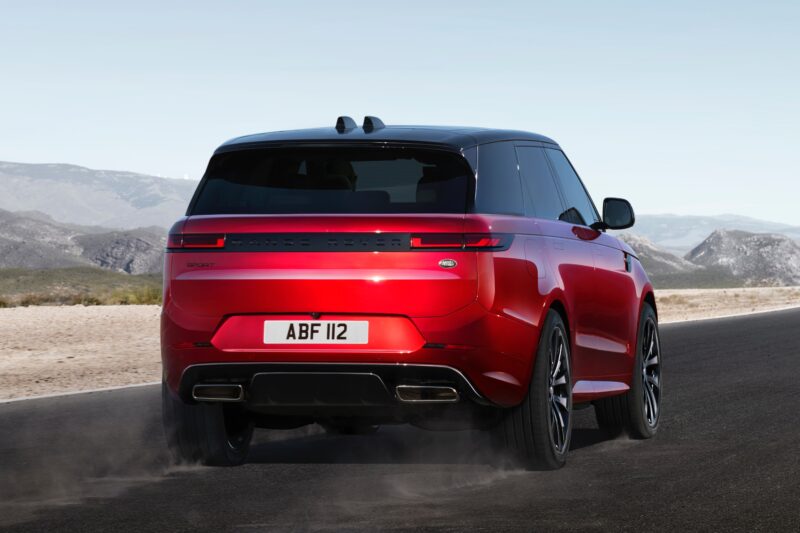
There’s also a dynamic downside to the plug-in hybrid system because it adds about 800 pounds to the Range Rover Sport. This isn’t the sporty luxury crossover of past generations. It has too much lean in turns, too much understeer, too little grip, and only modest road feel through the weighty steering. However, it’s one of the best riding SUVs on the market. My tester’s optional 285/45R22 Pirelli Scorpion Zero all-season tires work with the standard air suspension and adaptive dampers to obscure bumps almost entirely. This isn’t just a great ride for an SUV; it would be welcome in a Mercedes-Benz S-Class.
Buyers looking for better handling have alternatives. A $7,185 Stormer Handling Package adds active anti-roll bars powered by the 48-volt electrical system and rear-axle steering that can turn the rear wheels up to 7.3 degrees opposite of the fronts. The roll bars would better control the body lean, and the rear-axle steering would shorten the turning circle and increase stability during high-speed cornering.
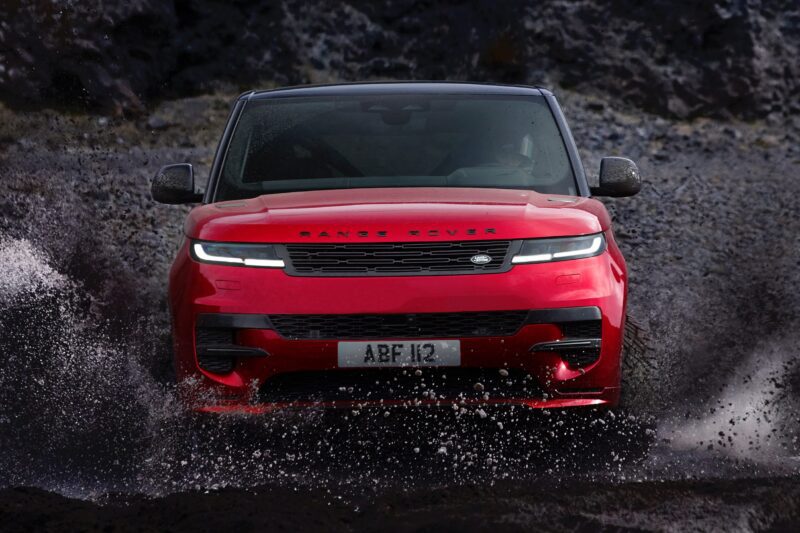
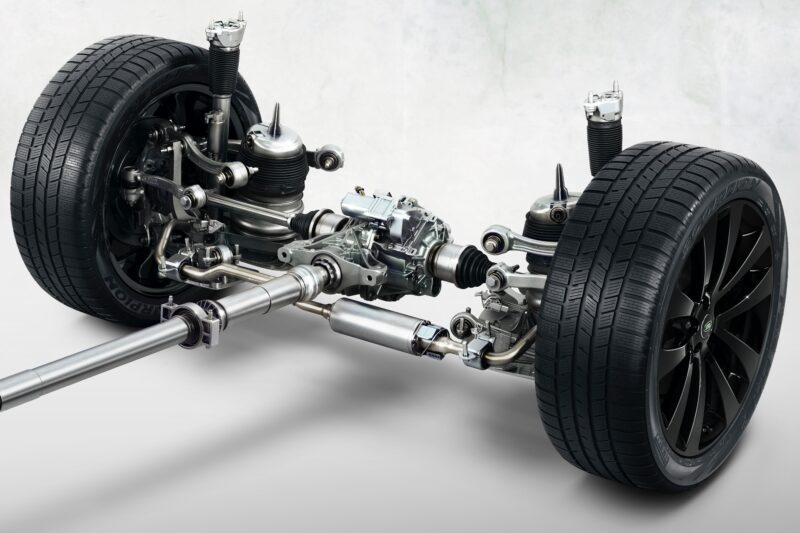
The air suspension also unlocks impressive off-road capability. It gives the vehicle 8.5 inches of standard ground clearance, but an Off-Road mode increases that to 10.8 inches to better clear obstacles on the trail. It can also drop the vehicle two inches to make it easier to get in and out or to load stuff in the back.
Other off-road features include standard all-wheel drive with a locking center differential, an available two-speed transfer case, hill descent control, and a low-speed cruise control that can be set from 1.8 to 19 mph. The Range Rover Sport also has the Terrain Response 2 system that automatically adjusts vehicle systems for different surfaces, and offers specifically tailored Mud Ruts, Sand, Rock Crawl, Wade, and Grass Gravel Snow modes.
Short front and rear overhangs aid the off-road capability as well, but those all-season tires won’t be great at digging into mud and sand.
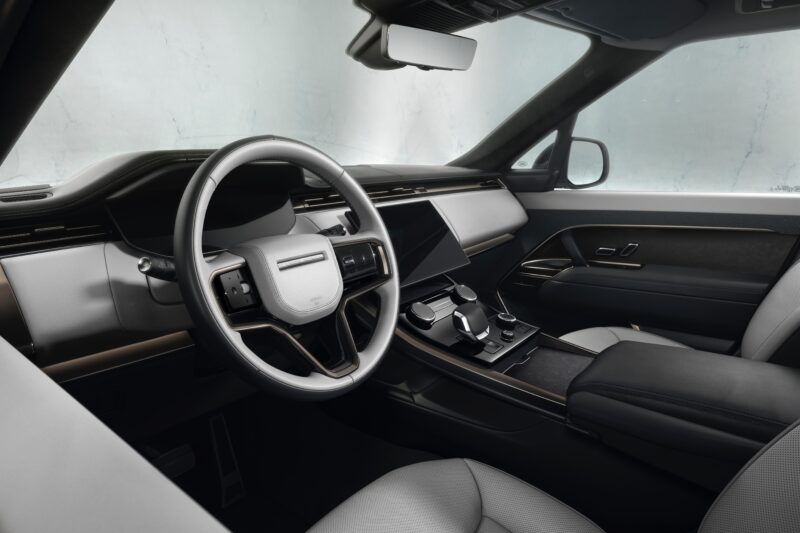
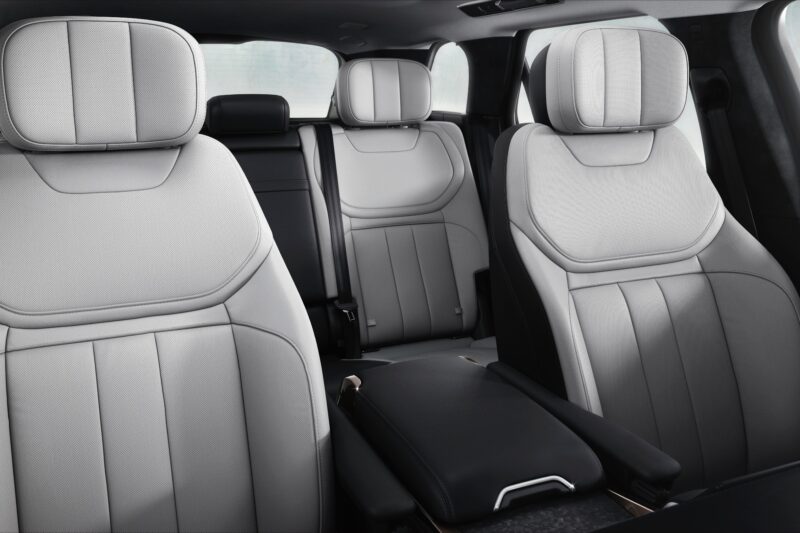
From the cockpit, the Range Rover Sport has a luxury feel to match its ride quality, but it relies too heavily on technology. The SEL Dynamic’s standard luxury features include Windsor leather upholstery, 20-way power-adjustable heated and ventilated front seats, and a heated steering. My tester also has the optional 19-speaker, 800-watt Meridian audio system ($1,200) and heated and ventilated outboard rear seats ($300). The leather is offset by attractive charcoal gray fabric on the door panels, piano black trim on the center console, and bits of metal trim.
The tech features include a 13.7-inch digital instrument cluster, a 13.1-inch infotainment touchscreen, wireless smartphone charging, satellite radio, wireless Apple CarPlay and Android Auto, and Amazon Alexa connectivity. However, the touchscreen absorbs almost all of the controls, including the climate settings. It creates a clean layout, but I have to dig into the touchscreen for controls that should be a button push away. It’s especially risky given Land Rover’s reputation for electronic gremlins.
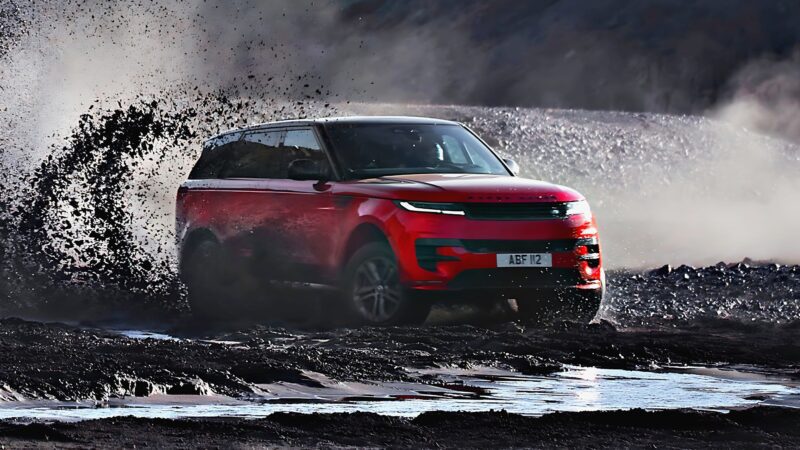
The 2025 Land Rover Range Rover Sport Dynamic SE PHEV starts at $96,725, including a $1,625 destination fee. That’s $4,300 more than the base version with just the inline-six. With a spate of options, my tester costs $106,405, and I’d recommend adding the Stormer Handling Package. I’d also be tempted to move up to the Autobiography with its more powerful P550e powertrain for $121,260, though I couldn’t justify going all the way up to $182,550 for the SV Edition Two model.
Either Range Rover Sport PHEV choice is a good one. This is a plug-in hybrid done the right way, and the vehicle around it is one of the best-looking, best-riding, most capable on- and off-roaders on the market.
Images: Land Rover


